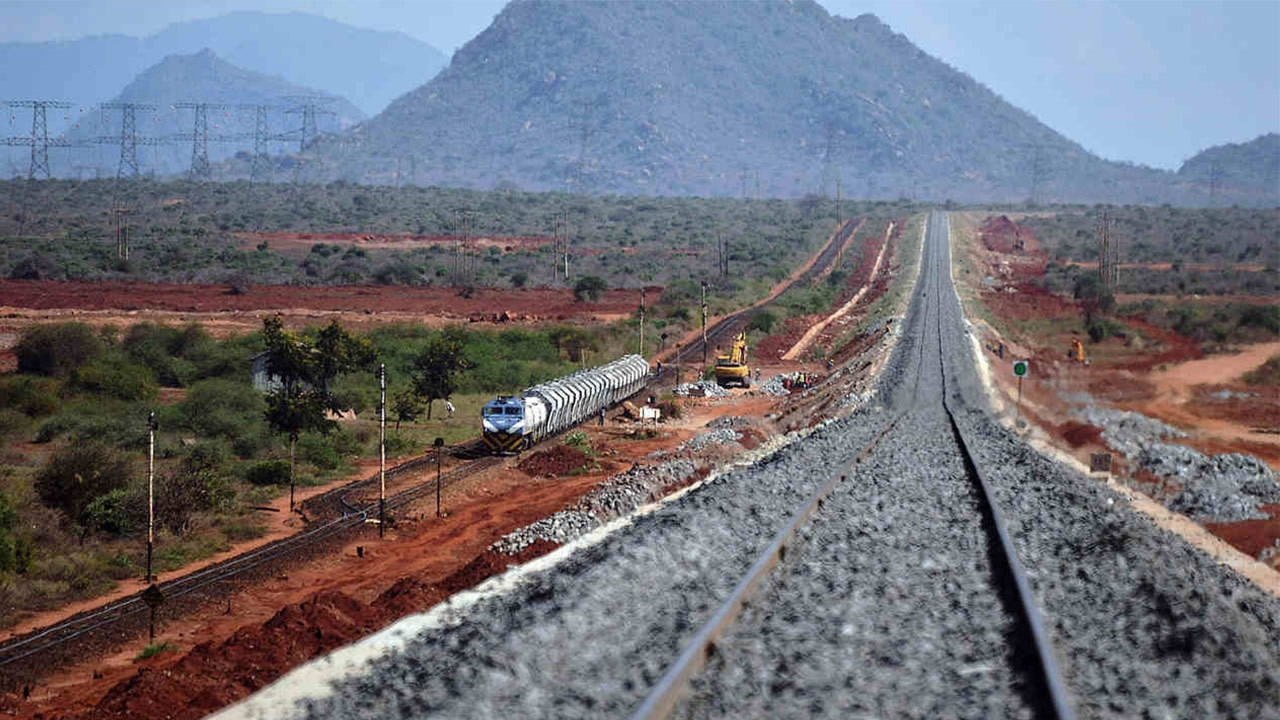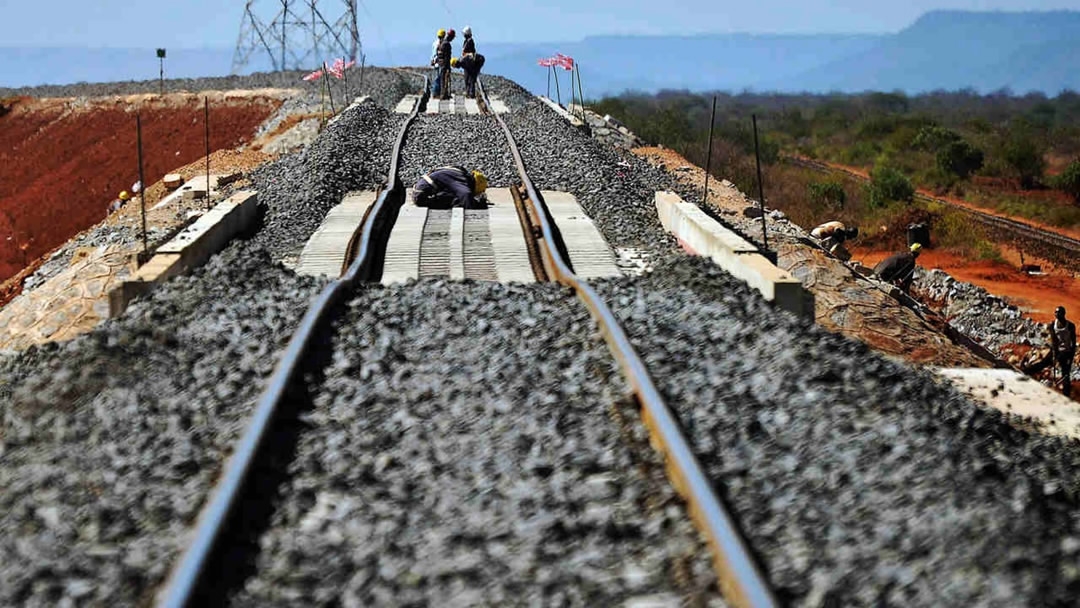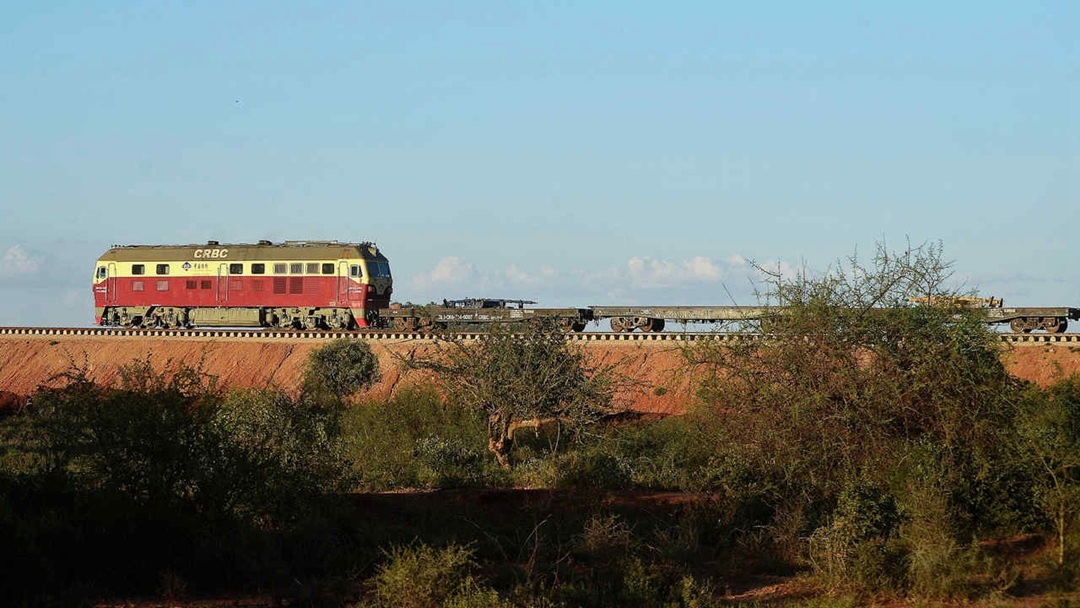
Business
16:30, 14-May-2017
Belt and Road railway in Kenya to help increase regional trade

By CGTN’s Robert Nagila
The Belt and Road Initiative is a global one to connect markets. For Africa, it represents a step up in development - one that could benefit millions on the African continent.
One of the key components of the Belt and Road Initiative, the Standard Gauge Railway (SGR), is due to go on line at the end of this month. The SGR will link East Africa's busiest port, Mombasa, to Kenya's capital, Nairobi. In time, the link will completely change transportation systems in the region.

2016: Workers take part in the construction of a section of the new Standard Gauge Railway (SGR) in Kenya. /VCG Photo
2016: Workers take part in the construction of a section of the new Standard Gauge Railway (SGR) in Kenya. /VCG Photo
Experts say the infrastructure project under the Belt and Road Initiative is “a win-win situation for both Africa and China,” and would benefit local business as well as the international market.
“The infrastructure being built will open up markets for traders, farmers, industrialists to have access to not only local markets but also international markets. So this initiative is very important as Africa moves forward in the 21st century to improve on its infrastructure,” analyst Hassan Mwachimwako told CGTN.

A locomotive hauling cargo cars runs along an elevated section of the new Standard Gauge Railway (SGR) in Kenya, March 16, 2016. /VCG Photo
A locomotive hauling cargo cars runs along an elevated section of the new Standard Gauge Railway (SGR) in Kenya, March 16, 2016. /VCG Photo
Once completed, the SGR will connect four countries in east Africa: Kenya, Uganda, Tanzania and Rwanda. Chinese firms have completed the first phase, a 500-kilometer rail line linking Kenya's port city of Mombasa to the capital Nairobi. A second phase linking Nairobi to the border with Uganda is set to begin later this year.
China has already completed a 700-kilometer rail line from Ethiopia to Djibouti. Most of the funding comes from China's banks while further funding comes from development banks. Africa is witnessing the dramatic and accelerated modernization of vital infrastructure. And people across the continent are hoping this will help speed up economic development.

SITEMAP
Copyright © 2018 CGTN. Beijing ICP prepared NO.16065310-3
Copyright © 2018 CGTN. Beijing ICP prepared NO.16065310-3